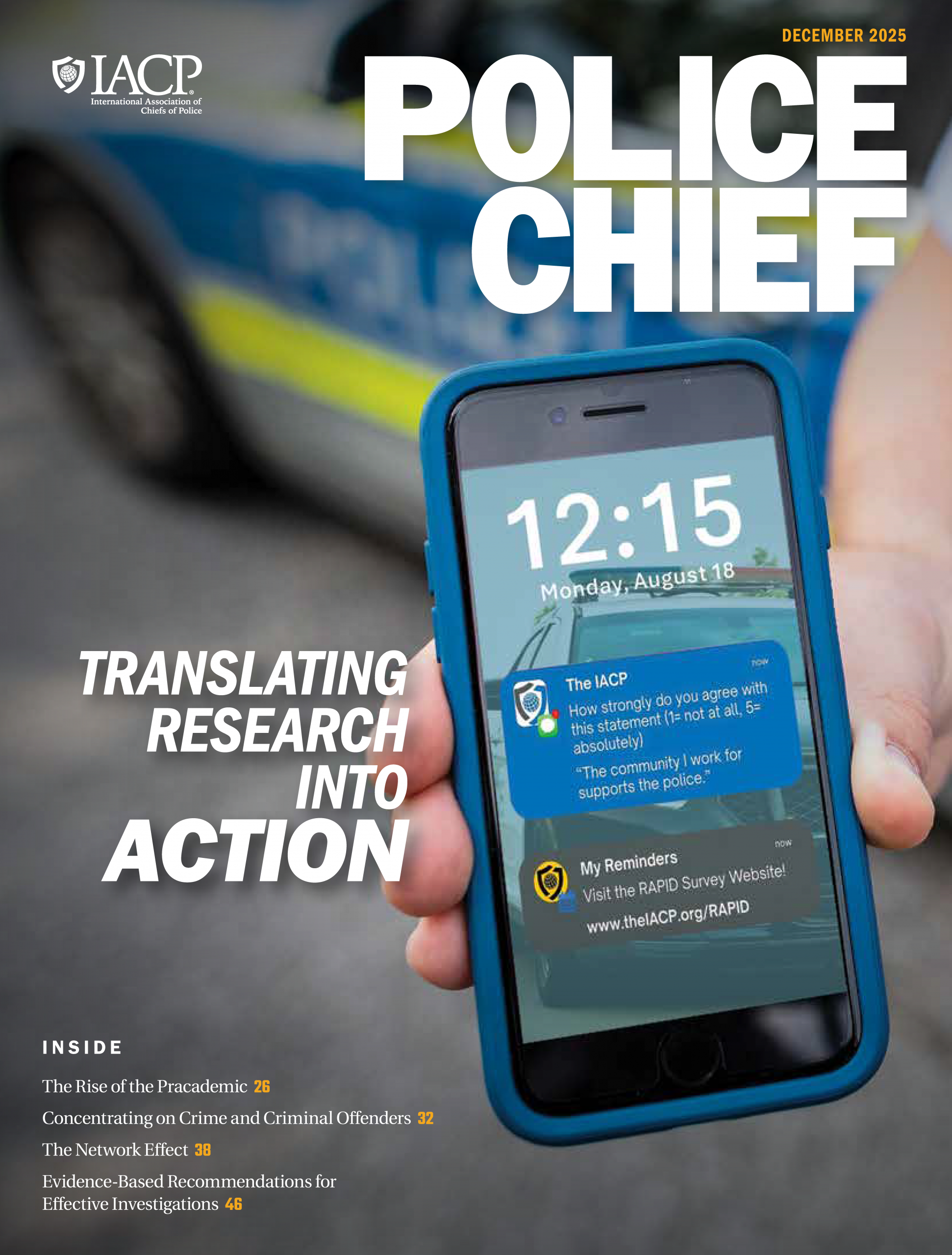Preventing, Disrupting & Deterring Crime with Data
Intelligence-Led Policing in the Special Crime Unit in Denmark

Numerous Western police organizations, including the Danish National Police, have articulated their deployment of intelligence-led policing (ILP)—a goal-oriented model for policing with a focus on informed decision-making, harm reduction, disruption, and prevention.1ILP is often best described and understood as a 4i-model (see Figure 1) with a focus on interpreting the criminal environment as an active activity, to influence the decision maker, who uses the knowledge to impact the criminal environment.2
In the Danish context, ILP is defined in the 2018 Intelligence and Analysis doctrine as a specific strategy or model of policing, strongly influenced by Professor Jerry Ratcliffe’s definition of ILP:
Intelligence-led policing emphasizes analysis and intelligence as pivotal to an objective decision-making framework that prioritizes crime hot spots, repeat victims, prolific offenders and criminal groups. It facilitates crime and hard reduction, disruption, and prevention through strategic and tactical management, deployment, and enforcement.3
The overall aim of ILP is to transform the policing enterprise into a more proactive, less incident-based organization with a strong emphasis on analysis-driven products to support decision makers.


